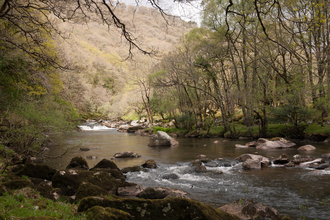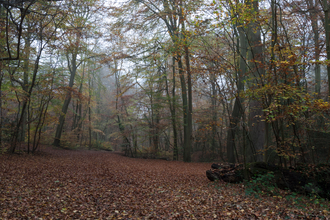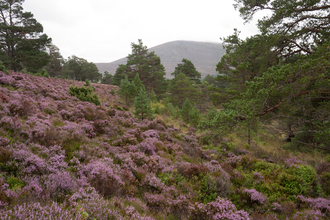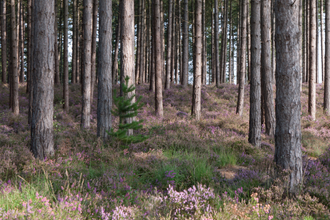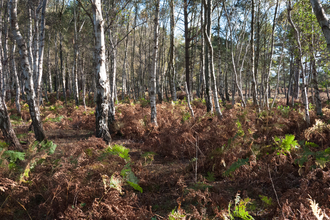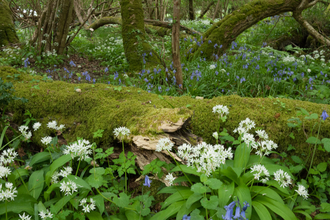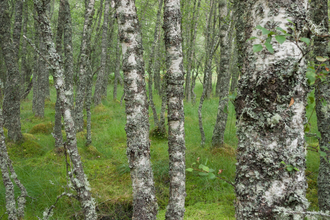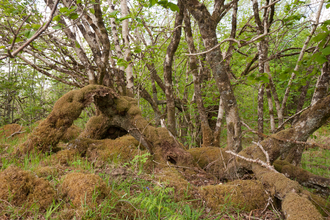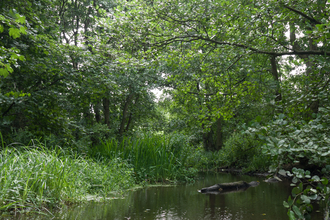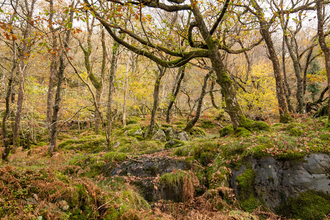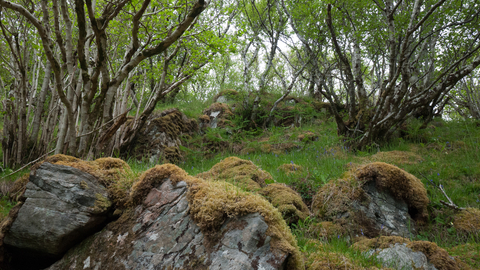
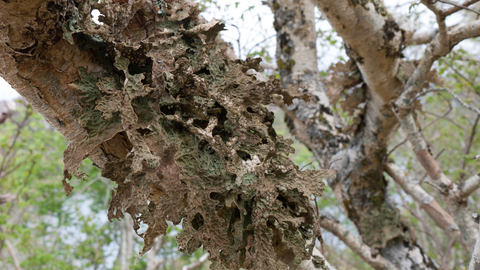
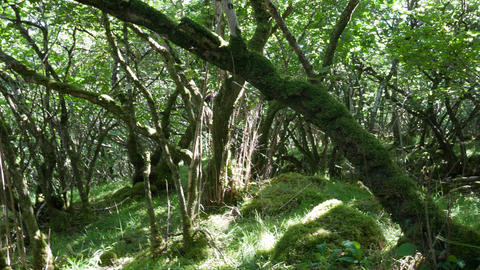
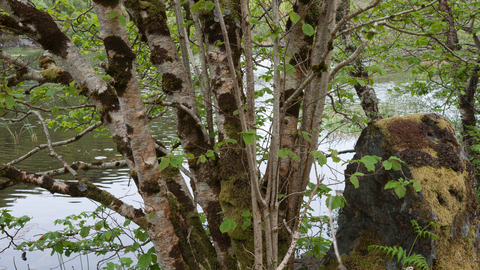
Atlantic hazel wood
What is it?
A low canopy of multi-stemmed hazel filters out the light and, with the help of the oceanic climate, creates a sheltered and humid atmosphere. Mosses, liverworts and lichens thrive in the deep green shade of these woods, including species that occur nowhere else in the world. Atlantic hazel wood can be found both as self-contained stands and as a part of other woodlands (generally Atlantic oak woods or upland mixed ash wood), but is always near the sea and generally confined to rocky or steep ground. Ferns and spring flowers such as bluebell, primrose and wood sorrel grow through the carpeting moss to form a delicate field layer, with a richer flora akin to that found in upland mixed ash wood on more calcareous ground. Most stands are unmanaged and, provided they are not overgrazed, regenerate naturally – canopy gaps created by storms are quickly exploited by young whips sprouting from existing stools, or seedlings from nuts buried by field voles.
Why is it like this?
Hazel was an early colonist following the last glaciation. Because it is a multi-stemmed shrub, the lifespan of the individual is not limited to that of a single trunk and so it can persist for a long time, providing stable conditions for epiphytes. Largely protected from competition from other woody species and from felling and overgrazing by the inhospitable terrain, today’s Atlantic hazel woods may be relics of the pioneer hazel woods that developed 10,000 years ago. If so, they are amongst the very oldest of our woodlands. Although some of these woodlands have been coppiced or used to shelter sheep, most have largely escaped significant human intervention.
Distribution in the UK
Confined to the western seaboard of Scotland between Knapdale and Sutherland. The extent is currently unknown, although it is thought to be unique to Britain and Ireland.
What to look for
Atlantic hazel wood can support an incredibly rich epiphytic flora of lower plants. Expertise is needed to identify particular species, but look out for large leafy-lobed lobarian lichens fanning out from older branches, a variety of crustose lichens mottling younger, smoother bark and glossy-textured jelly lichens. The rubbery orange fingers of hazel gloves fungus are very distinctive – this species only occurs in ancient Atlantic hazel wood.
Conservation
Atlantic hazel wood is often not considered as a woodland type in its own right and greater recognition is needed of its ancient origins and uniquely rich lower plant flora. Much lacks protection through designation and it does not easily fit the criteria of woodland eligible for current grants. Efforts are needed to identify areas less rich in lower plants that can nonetheless provide links between sites and allow future expansion. Current threats include an enthusiasm for conservation coppicing, which is inappropriate and unnecessary and overgrazing which reduces structural diversity and prevents regeneration.

